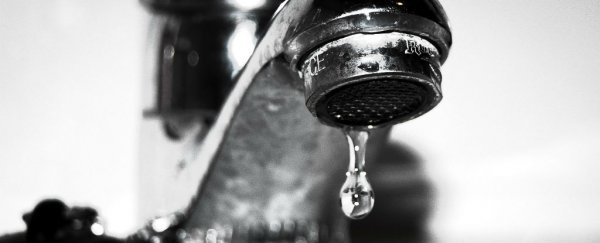While looking at how airborne bacteria circulate in our homes, scientists in the US have come up with some surprising findings about where most bugs are lurking. Floors, carpets, and even tap water were found to create more bacteria than the toilet, according to a new report.
It's important to remember that the research team was looking at bugs in the air: we're talking about airborne bacteria sourced back to specific places, not physically stuck to surfaces. The team from the University of California, Berkeley took their specialised equipment to 29 homes in the San Francisco area and mapped out exactly where the microbes were coming from.
Floors and carpets came out top with 19.5 percent (probably because we're always kicking up dust from them), while 16.5 percent of bugs could be traced back to outside air that had drifted in or been carried in by people.
Tap water produced 9 percent of airborne bacteria, while a mere 0.4 percent could be traced back to the toilet bowl. As far as breathing in bugs is concerned, you could do way worse than the bathroom (although it wasn't mentioned how things would change after immediate use).
"The study of the microbial communities in the built environment is of critical importance as humans spend the majority of their time indoors," the team writes in the report, which you can read in full online. "While the microorganisms in living spaces, especially those in the air, can impact health and well-being, little is known of their identity and the processes that determine their assembly."
The researchers found that the number of people and pets living in a house had a significant impact on the make-up of its airborne bacteria, as you would expect. With so many other factors involved - from cleaning schedules to humidity levels - there was a wide variation in bug levels and their sources from house to house.
The report also notes that further variations would be expected in different parts of the world, as not every climate is as mild as California's (where residents won't hesitate to throw open a window).
The work won't only help those who want to keep their homes bug-free, it's also informative for managers of large buildings like offices and schools - it suggests that the more diverse a microbiome environment is, the healthier it becomes, and that means outside air is an important contributor.
In fact, there's plenty of research that says certain types of bacteria are good for us, helping the body to develop its immune system and ward off threats.
The study has been published in the journal Microbiome.
